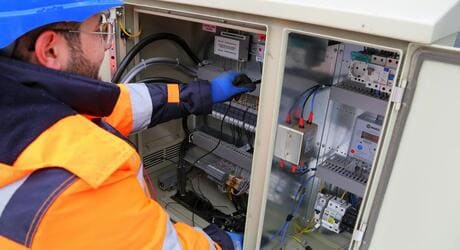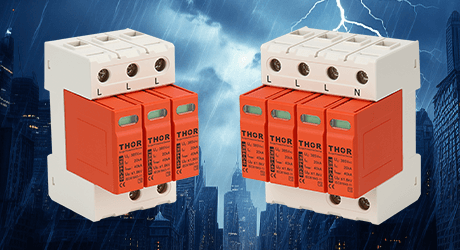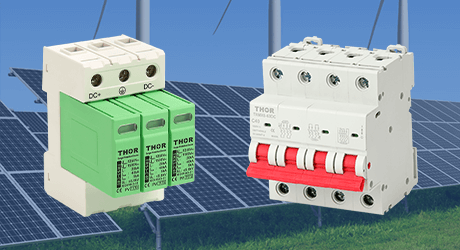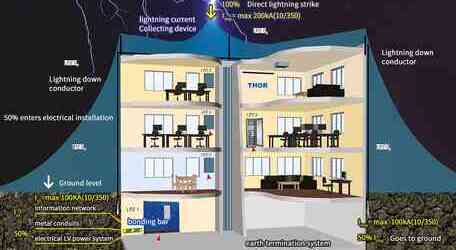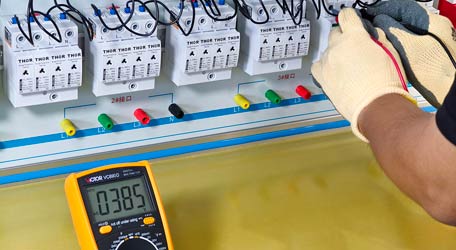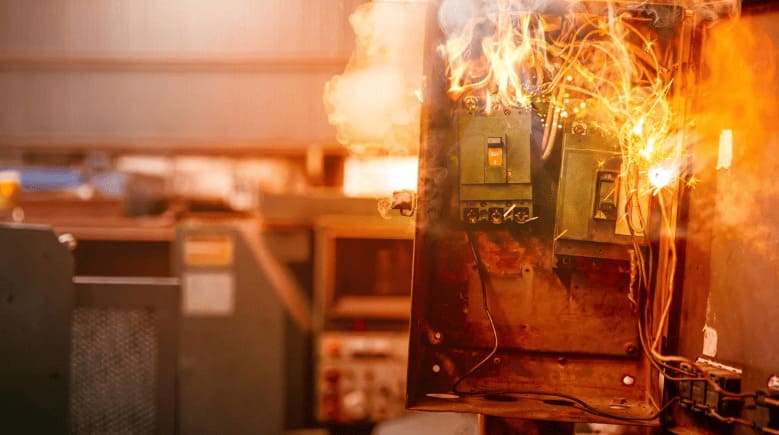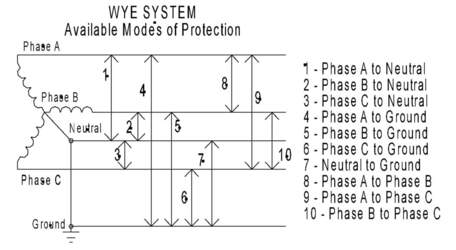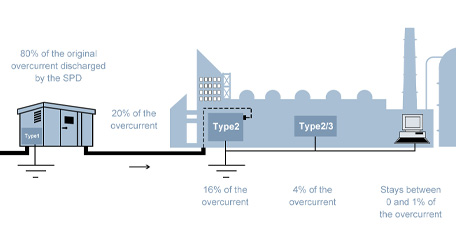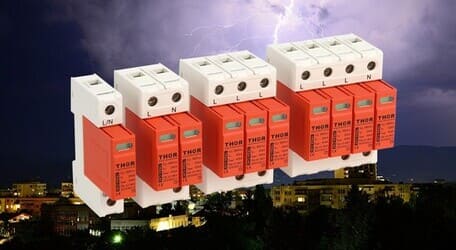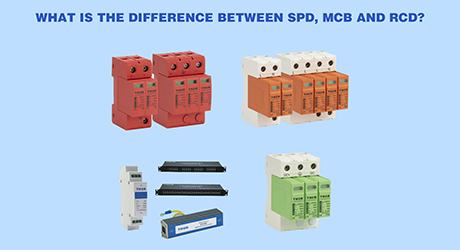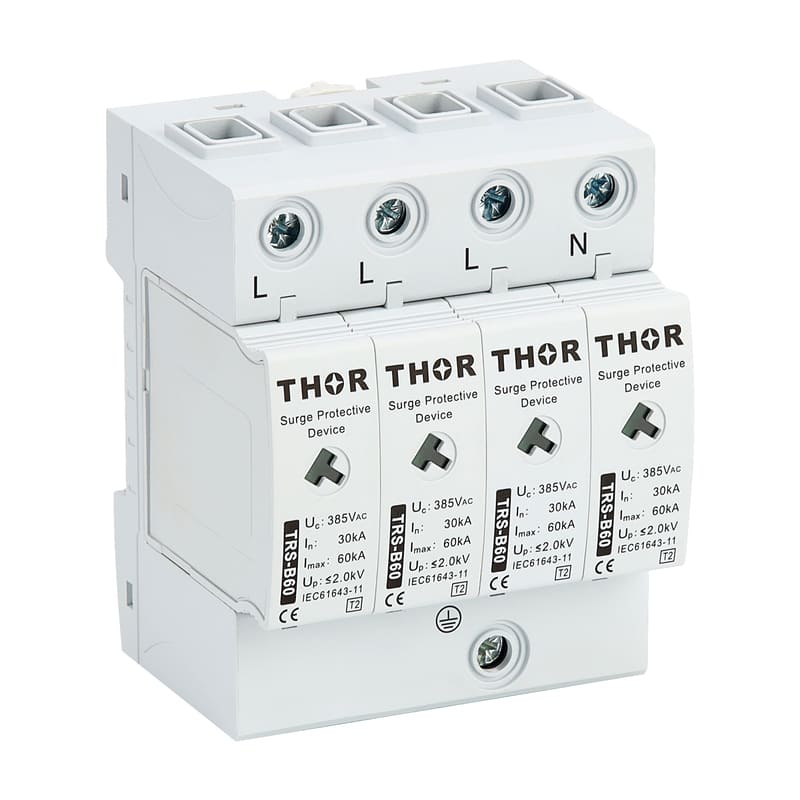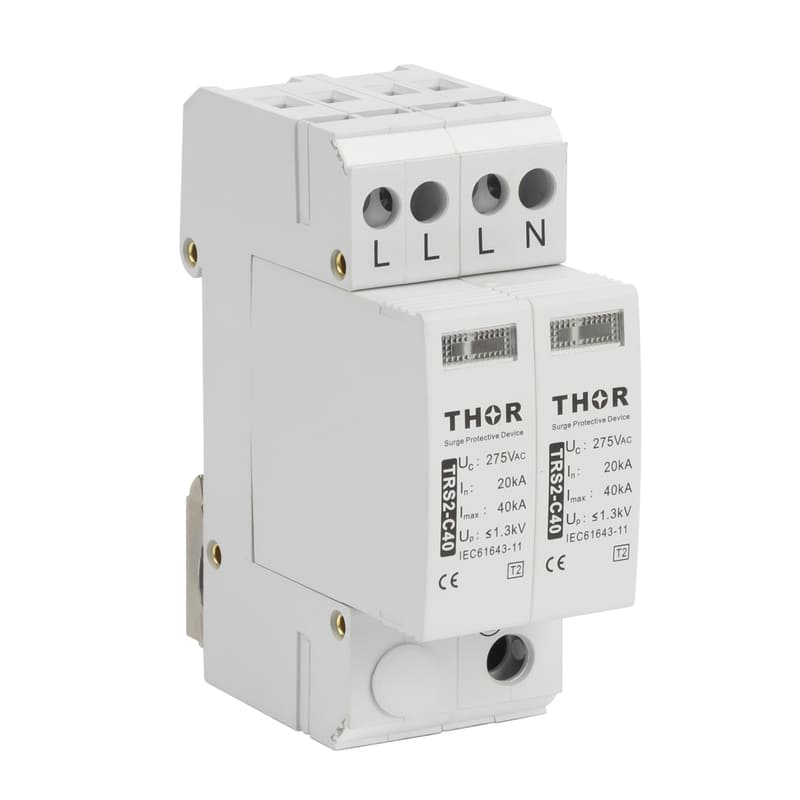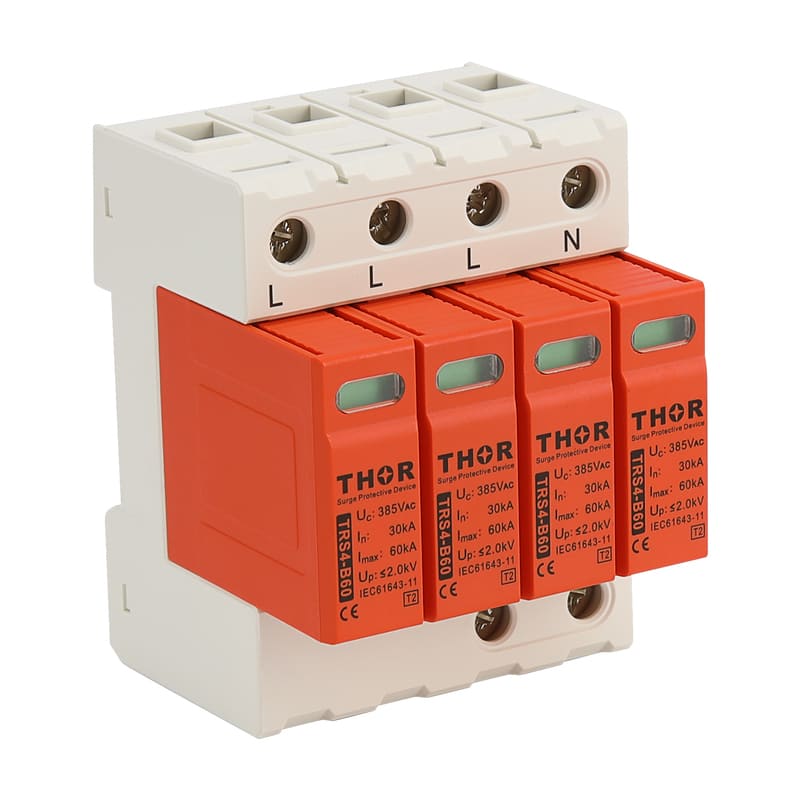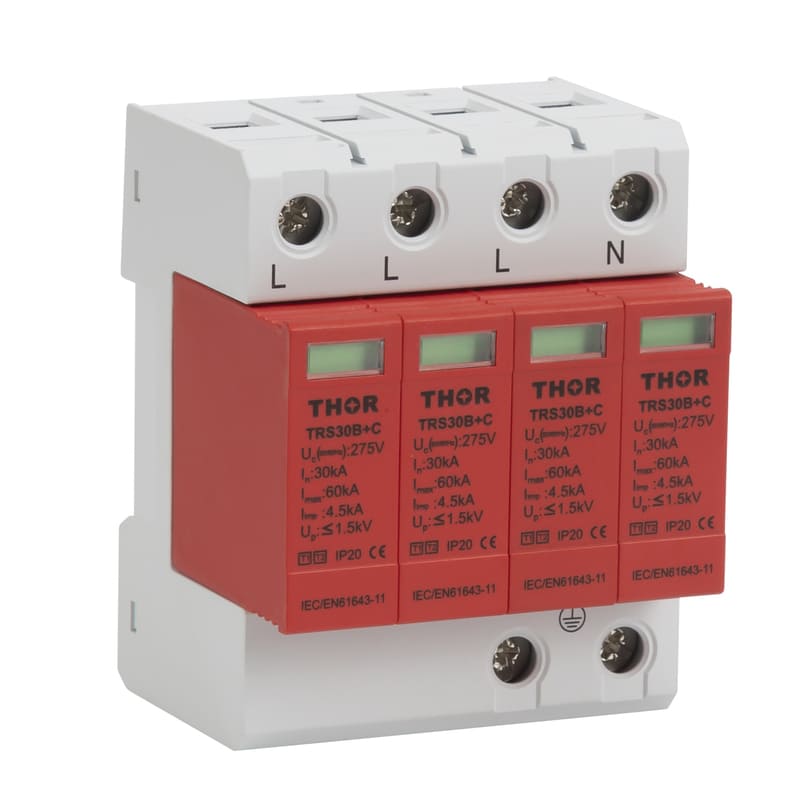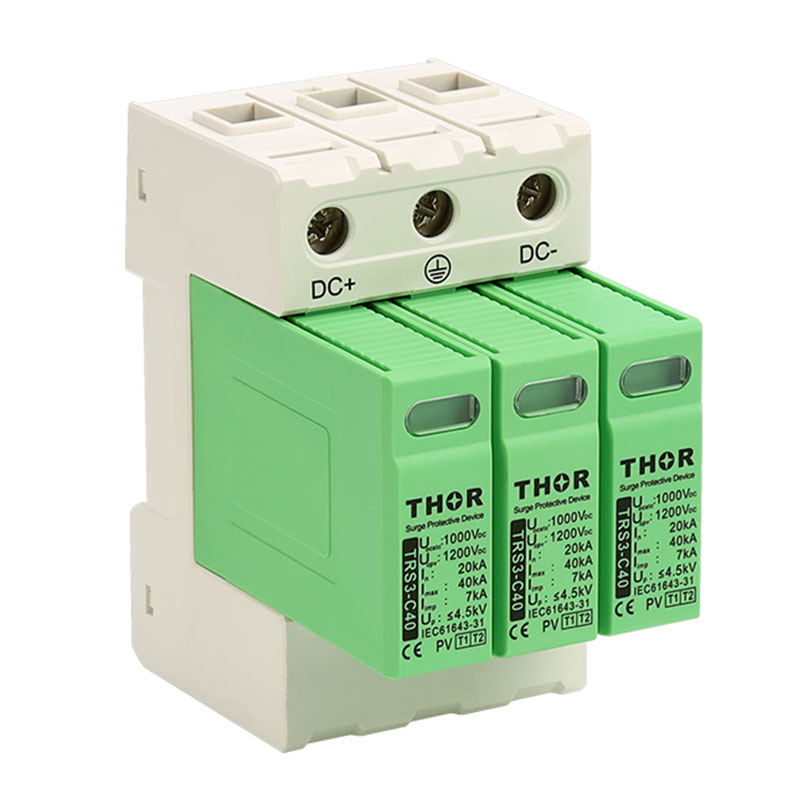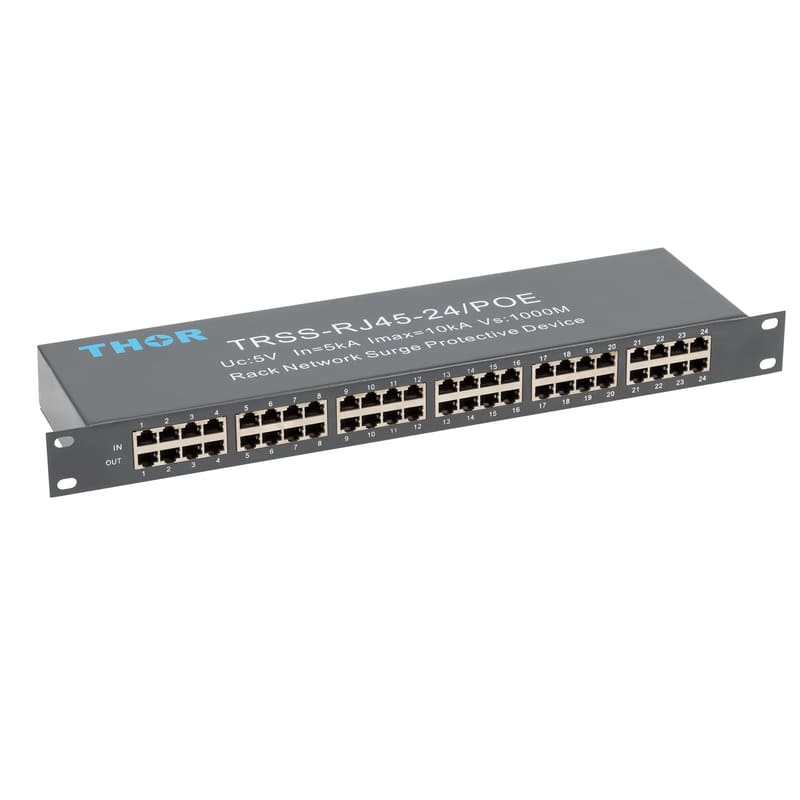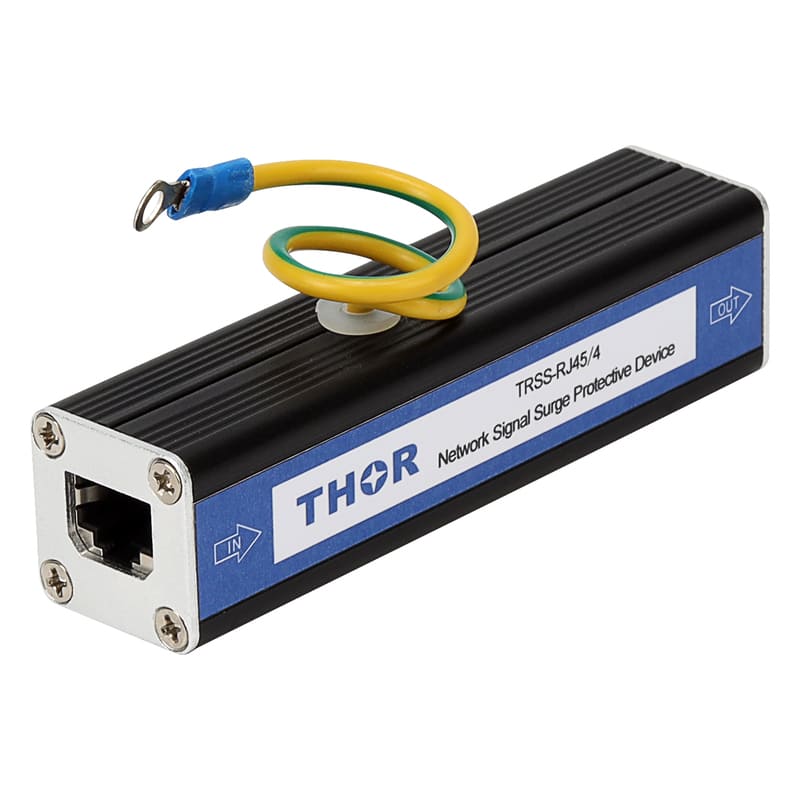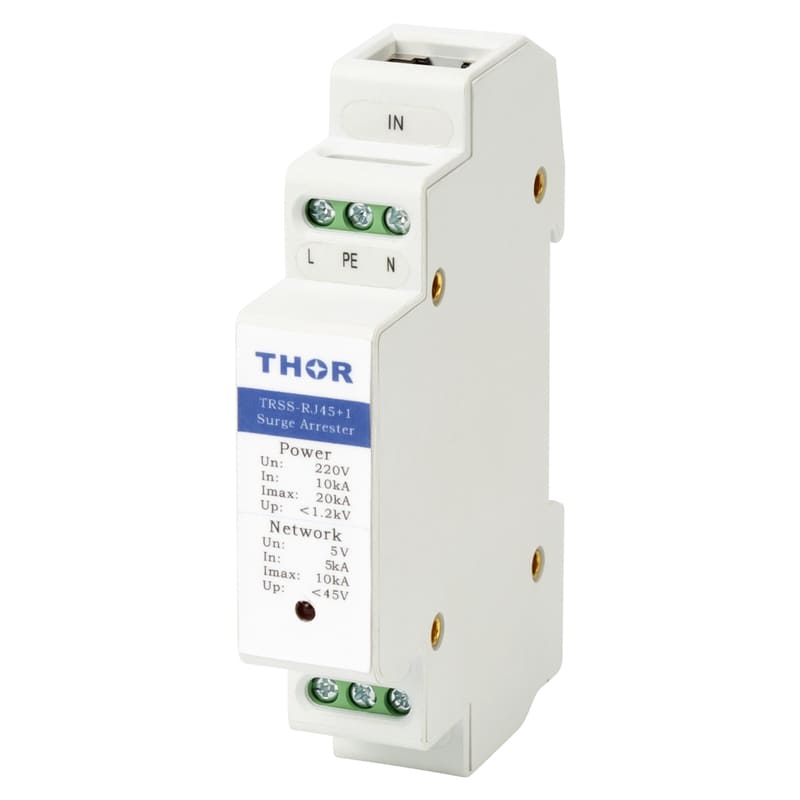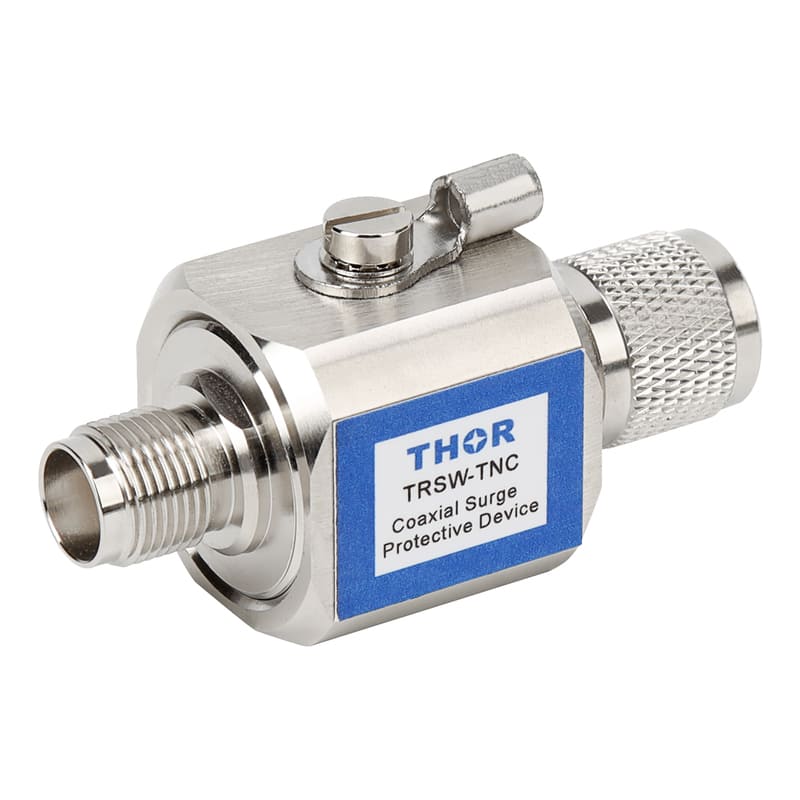Materials and technology of lightning protection device
Materials play a decisive role in the field of modern engineering and technology, and the emergence of new materials always brings about revolutionary changes in related fields. Without steel, there would be no industrial products and high-rise buildings today; without engine materials, there would be no air travel; without high-temperature resistant composite coating materials, there would be no spaceships for human exploration of outer space; without microelectronic materials, there would be no computers and integration circuit. The electron tube is the size of an incandescent light bulb, and the inside is a high-energy-consuming tungsten-molybdenum electrode; with the development of semiconductor materials, germanium and silicon semiconductors are widely used, and the electron tube is replaced by transistors such as diodes and triodes. consumption and improved response speed and stability; the emergence of large-scale integrated circuits is to integrate tens of millions of diode-like gate devices on silicon chips, and integrated circuits the size of fingernails have completed unimaginable functions in the past. the information age.
Engineering materials refer to the materials used for various equipment, components and products in engineering. Engineering materials include two major parts, metallic materials and non-metallic materials.
The same is true for lightning protection engineering. In recent years, the emergence of some new materials and processes has opened up space for technological progress in the field of lightning protection engineering.
For example, the emergence of metal oxide MOV materials represented by ZnO has improved the ability and level of overvoltage protection for electronic and electrical systems, reduced engineering costs, and extended the effective life of overvoltage protection devices. The emergence of the grounding module with graphite carbon powder as the main raw material not only reduces the cost of grounding, but also improves the performance of the grounding body, and improves the ability of dissipation and corrosion resistance. Therefore, in the design of lightning protection engineering, the first thing to understand is the physical and chemical properties of the materials used in various components of the lightning protection device, so that we can adapt measures to local conditions and give the optimal Design.

